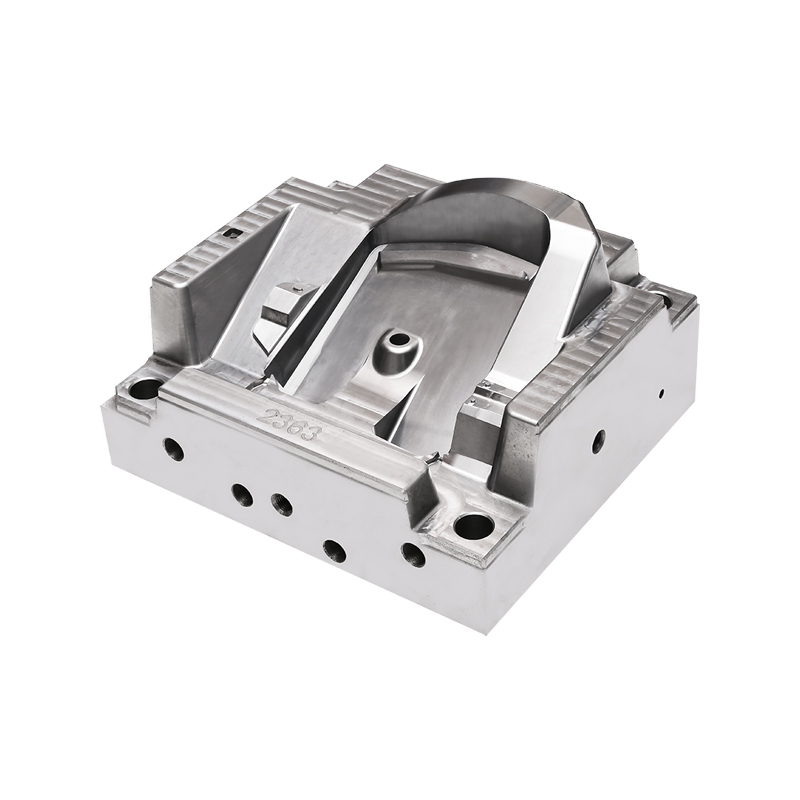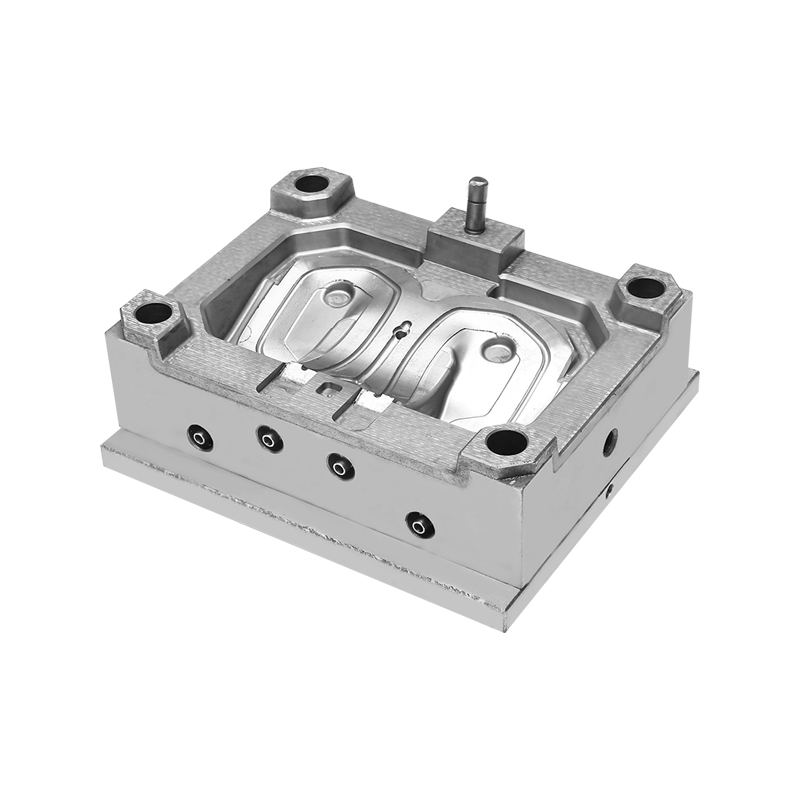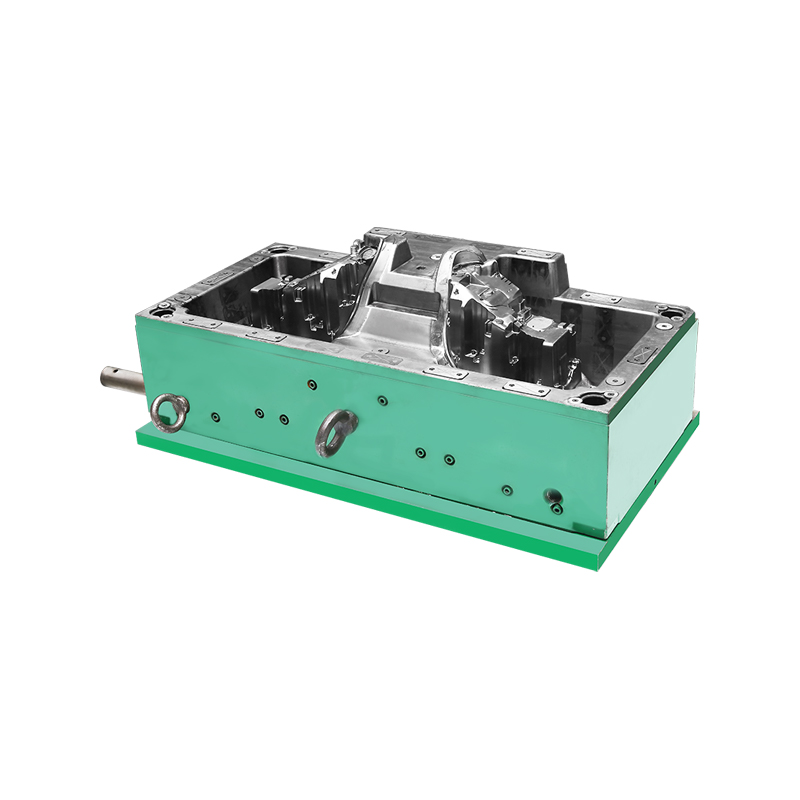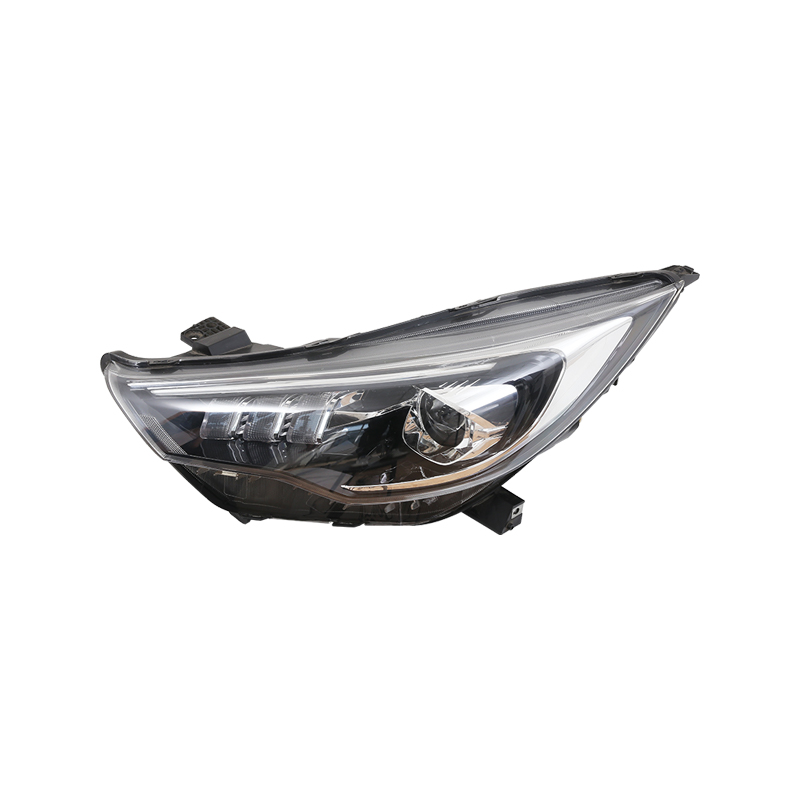In the automotive industry, the quality and precision of components are critical for safety and performance. One such essential component is the headlight reflector lamp, which plays a significant role in vehicle illumination. The production of these reflectors relies heavily on the accuracy of the Wholesale Car Headlight Reflector Lamp Plastic Injection Mould. Ensuring the integrity and defect-free nature of these moulds is paramount to maintaining high standards in manufacturing.
Detecting defects in Wholesale Car Headlight Reflector Lamp Plastic Injection Mould is crucial for several reasons. Defects can compromise the quality of the final product, bring about poor performance and potential safety hazards. Second, identifying and addressing defects early in the production process helps in reducing waste, lowering costs, and improving efficiency. Lastly, maintaining high-quality standards enhances the reputation of manufacturers, bring about increased customer satisfaction and loyalty.
Several types of defects can occur in Wholesale Car Headlight Reflector Lamp Plastic Injection Mould. Understanding these common issues is the step in effective defect detection. Some of the typical defects include:
Flash: Excess plastic that escapes from the mould cavity, forming thin protrusions on the finished part.
Sink Marks: Indentations or depressions on the surface of the part, usually caused by uneven cooling or inadequate packing.
Weld Lines: Lines that appear on the surface where two flow fronts meet, potentially weakening the part.
Short Shots: Incomplete filling of the mould cavity, resulting in missing sections or incomplete parts.
Burn Marks: Discoloration or marks caused by the degradation of plastic material due to excessive heat.
To ensure the production of high-quality headlight reflectors, various techniques are employed to detect defects in Wholesale Car Headlight Reflector Lamp Plastic Injection Mould. These techniques range from manual inspections to advanced technological methods.
Visual inspection is one of the straightforward methods for detecting defects. Trained personnel examine the mould and the produced parts for any visible signs of defects such as flash, sink marks, and weld lines. Although this method is simple and cost-effective, it relies heavily on the skill and experience of the inspectors.
Dimensional inspection involves measuring the dimensions of the mould and the produced parts to ensure they meet the specified tolerances. Tools such as calipers, micrometers, and coordinate measuring machines (CMM) are used for precise measurements. This method helps in identifying issues like warping, shrinkage, and short shots.
Non-destructive testing methods are used to detect internal defects without damaging the mould or the produced parts. Techniques such as ultrasonic testing, X-ray inspection, and magnetic particle inspection are commonly used in the automotive industry. These methods are highly effective in identifying defects that are not visible to the naked eye, such as internal voids, cracks, and inclusions.
Thermal imaging is a technique that uses infrared cameras to detect variations in temperature on the surface of the mould and the produced parts. Temperature anomalies can indicate issues such as improper cooling, hotspots, and potential burn marks. This method is particularly useful for detecting defects that result from thermal imbalances in the moulding process.
Automated optical inspection systems use high-resolution cameras and advanced algorithms to detect defects in Wholesale Car Headlight Reflector Lamp Plastic Injection Mould. These systems can perform rapid and accurate inspections, identifying defects such as flash, sink marks, and weld lines with high precision. AOI systems are ideal for high-volume production environments where consistent quality control is essential.
To implement an effective defect detection process for Wholesale Car Headlight Reflector Lamp Plastic Injection Mould, manufacturers should consider the following steps:
Develop a Comprehensive Inspection Plan: Outline the specific defects to be detected, the methods to be used, and the frequency of inspections. This plan should cover all stages of the production process, from material selection to final assembly.
Invest in Advanced Technology: Utilize advanced inspection technologies such as NDT, thermal imaging, and AOI to enhance the accuracy and efficiency of defect detection. Investing in modern equipment and software can significantly improve the detection process.
Train Personnel: Ensure that all personnel involved in the inspection process are adequately trained in the use of inspection tools and techniques. Regular training sessions and workshops can help in keeping the staff updated with the latest industry practices.

 English
English 中文简体
中文简体 русский
русский Español
Español








